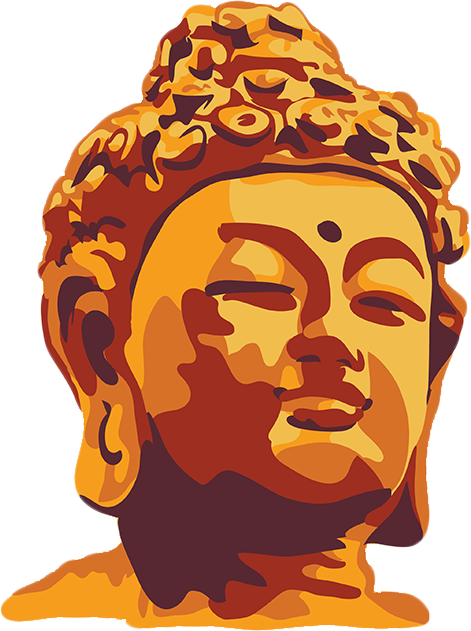Approach
I believe that our relationship, you and I, is a rich experience itself, capable of sparking change.
We bring ourselves into every relationship, and a therapeutic relationship is no exception. It can be very fruitful to make use of what arises — verbally and non-verbally — between us. We can experience and witness, within the therapeutic relationship, ways of experiencing ourselves, and ways of experiencing the other, that in some way resembles or mimics what it is like, or was like, in a formative relationship with someone else (a parent, partner, sibling, boss, friend, or teacher).
By bringing mindful attention to the here and now, we begin to discern how our unconscious map is influencing our present moment experience. The body’s language reveals our map — our conditioned ways of being in the world, which initially helped us survive, and perhaps thrive, at an earlier time. When we learn how to read the body’s language, the body shows what we have experienced in the past, what we expect in the present moment, and what we anticipate in the future. With patience and an open heart and mind, mindfulness of the body helps us physically sense and witness our conditioning and its influence over us. This growing awareness affords us greater room and space to decide whether to continue following our map at a given moment, or to put our map aside and let our innate wisdom and sense of presence guide us.

“The statues we see of the Buddha, as well as other Buddhist art objects, serve as representations of states of mind rather than of a divinity. The Buddha himself symbolizes the embodiment of wakefulness. The Buddha is considered a fully awake human being. He is offering you help to join him.”
—Jon Kabat-Zinn
During a session, I might invite you to briefly pause from speaking so you can direct your attention to your experience in the present moment, to see the state of your experience, or symptom, right here and now — your thoughts, emotions, sensations, posture, and impulses. Talking about an experience invokes emotions, sensations, and movement in the body that relate not only to the experience spoken about, but also to your past experiences, and your present and future expectations. Let’s see what you become aware of as you start to mindfully attend to your ever-changing experience right now.
I might gently point out that your jaw seems visibly tight. If you agree, I might invite you to bring your attention to the tightness. Your body can show us in a direct and powerful way exactly where you have been, what you expect right here and now (with me), and what you anticipate in the future, in a way that your story – what you have been telling yourself and others – often does not.
As you mindfully study and track the changing sensations of tightness – its achy, warm, pulsing quality perhaps – I might then ask you to see what this tightness in your jaw would say if it had words. A thought in the form of a belief might spontaneously arise: “It’s not safe to speak!” From there I might ask you whether there is an image in your mind that goes with this belief… As we link body movement to sensation, sensation to thought, thought to image, image to memory, memory to emotion, we trace your anxiety, or your depression, or your procrastination, or your anger, from the present moment back to the mapmaker – your younger self, the originator of your present day conditioning. When your story is mindfully experienced and processed this way, if we are patient, inevitably something unexpected and new happens. It might be a telling gesture, or a strong sweeping emotion, or full recognition of something known but not consciously acknowledged before, that can set transformation in motion.
“You can’t do what you want until you know what you’re doing.”
—Moshe Feldenkrais
This way of working cultivates mindfulness in and outside therapy. Mindfulness refers to a state of consciousness that is very different from being self-conscious, and it also refers to an ancient Eastern meditative practice foundational to Buddhism and Buddhist psychology. Mindfulness is a new frontier in neuroscience, and it is being studied intensely and integrated into modern Western psychology. Mindfulness helps us recognize our map and move beyond our conditioning, changing our relationship to what we are experiencing, whether it is the world, ourselves, or others. As our capacity for mindfulness grows, we feel greater safety and ease in the world, internally with ourselves, and externally with others. We are more present — more awake!